Cycling… Our Drug of Choice
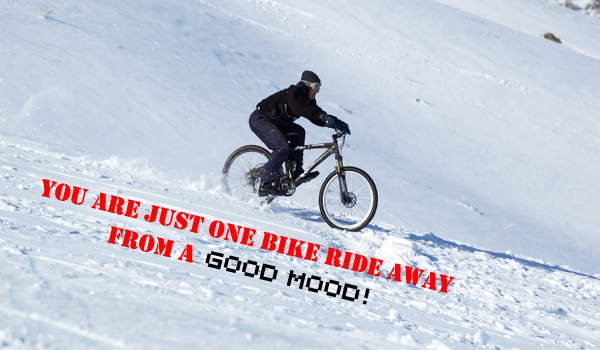 Cycling is our therapy
Cycling is our therapy
You can’t help but smile
The more you ride, the more you get to eat
The feeling of flying
Wind blowing in your hair
Staring at peoples butts in spandex
Your butt looking good in spandex
Ride more, feel better
The inevitable endorphin kick
Beautiful people inside and out
The RUSH
The freedom you feel
The first spring ride after a long cold winter
Wiping away the tears because you are going so fast
Going all out
Blowing your first successful snot rocket
Group rides
Dropping someone
Waiting at the top of a hill for everyone to catch up
The energy that surges through you
Mode of transportation
Family rides
Racing and suffering with your friends
The mental ecstasy
The friendships it creates
Clean energy
Winning your first race
The challenge
Being absolutely gutted after a climb
Tailwinds
The feeling you have just before you take a drop that is out of your comfort zone
Pushing over 1000 watts (even if it is only for a second)
Suffering never felt so good
Jello-y legs
Being a part of such an amazing community
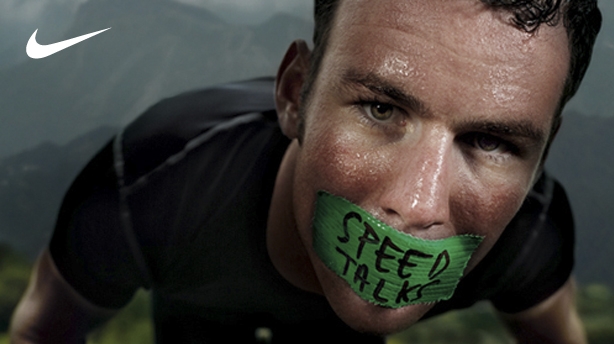 Before you can even begin to sprint it is crucial to select the proper gear, it has to be one that you can accelerate very quickly, but not one that you are going to spin out of too soon. Gear selection will come with practice. Challenge yourself to mini sprints while on training rides to get a better feel for gear selection.
Before you can even begin to sprint it is crucial to select the proper gear, it has to be one that you can accelerate very quickly, but not one that you are going to spin out of too soon. Gear selection will come with practice. Challenge yourself to mini sprints while on training rides to get a better feel for gear selection.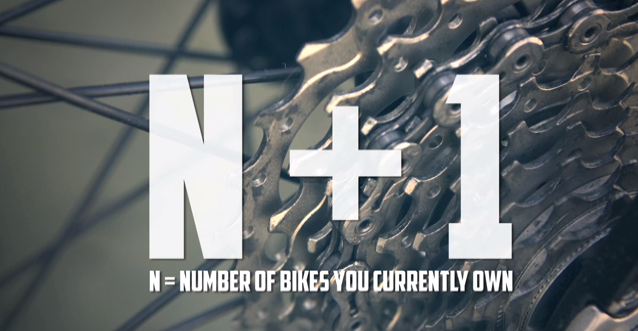
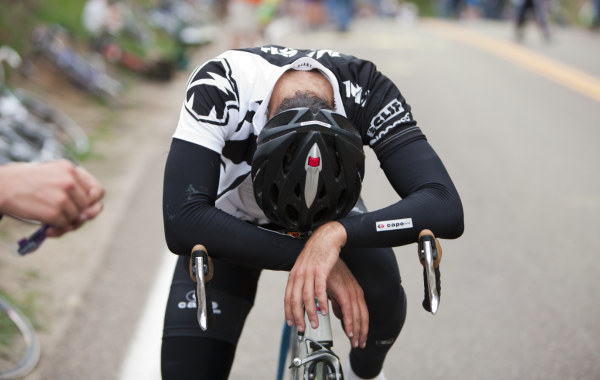 Anyone can suffer from overtraining and in fact, it’s more likely to occur in beginner cyclists as they try and do too much, too soon.
Anyone can suffer from overtraining and in fact, it’s more likely to occur in beginner cyclists as they try and do too much, too soon.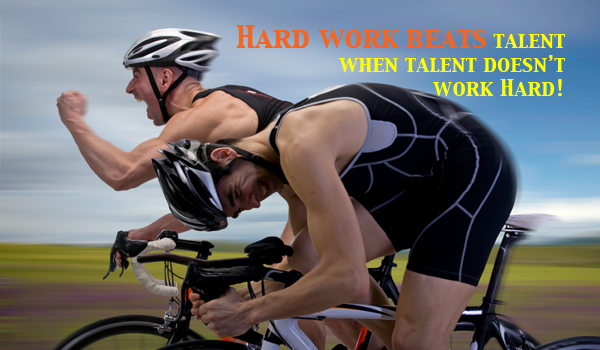 Answering this one question, and developing a strategy to turn that weakness into strength, will pay dividends with faster times and stronger rides. Most athletes, for example, never consider they’re
Answering this one question, and developing a strategy to turn that weakness into strength, will pay dividends with faster times and stronger rides. Most athletes, for example, never consider they’re 
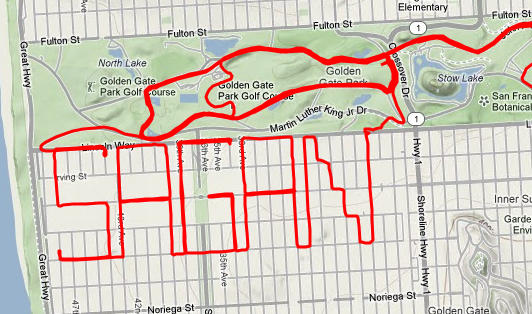
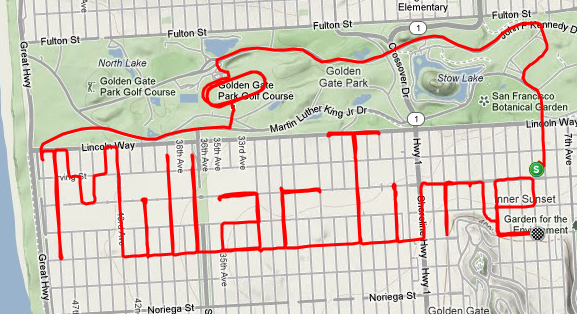
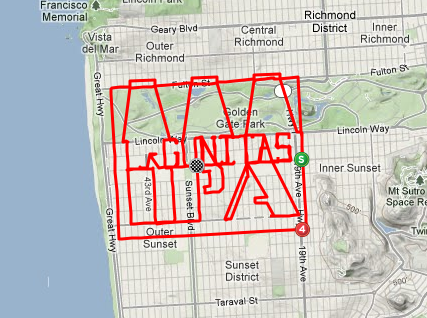
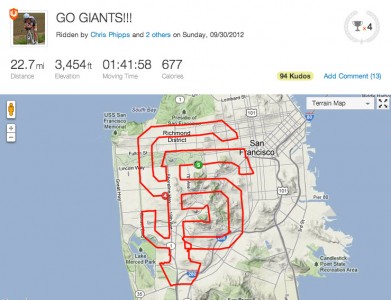
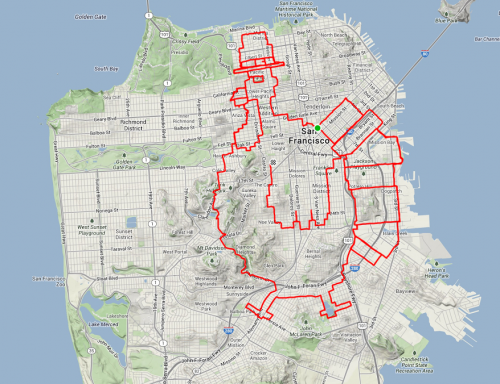
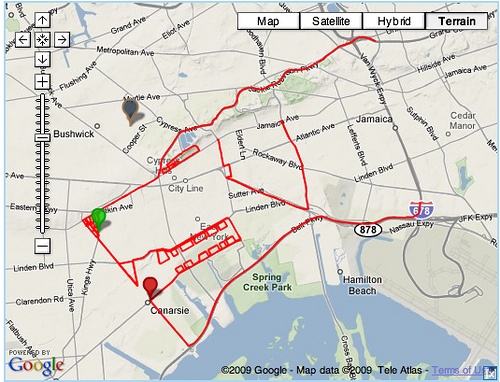
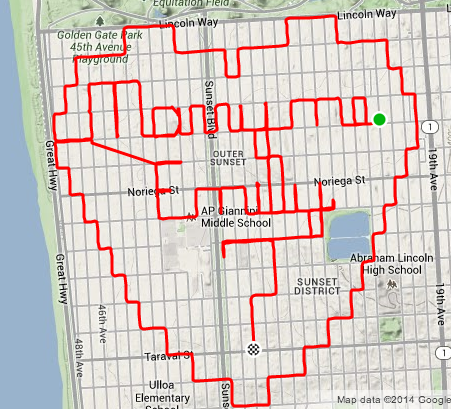
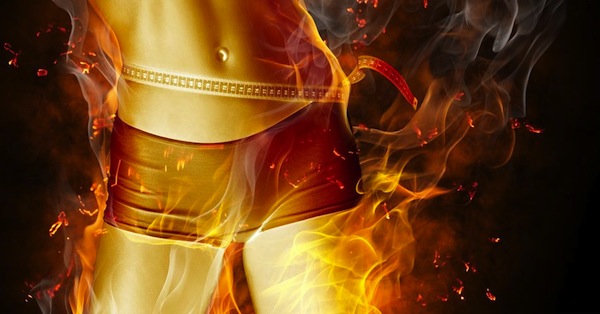 Cycling at a medium pace primarily targets fat cells for energy; therefore, people say it is the “fat burning zone” and is the best way to lose weight cycling. Although all of this is true it is only half the story.
Cycling at a medium pace primarily targets fat cells for energy; therefore, people say it is the “fat burning zone” and is the best way to lose weight cycling. Although all of this is true it is only half the story.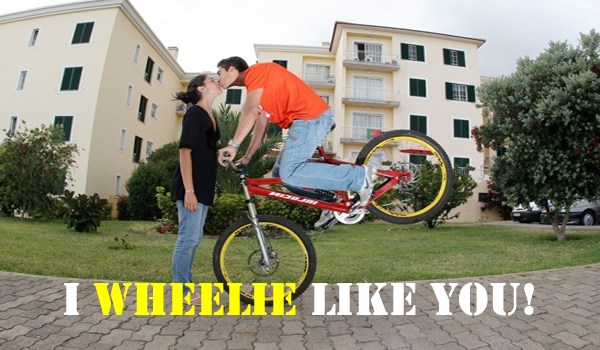 1. I WHEELIE like you.
1. I WHEELIE like you.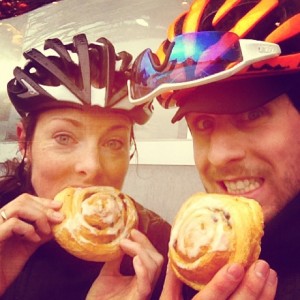
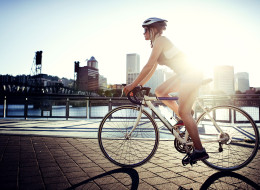
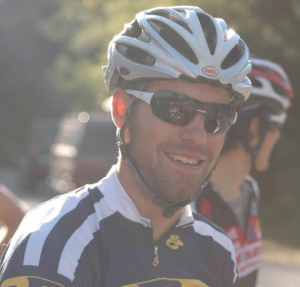
 A battle is being waged on North American convenience store shelves. Sports beverages, led by Gatorade are fighting for their lives against energy drinks like Red Bull, Monster and Rock Star. At the heart of the battle is the question: do any of these drinks really boost performance?
A battle is being waged on North American convenience store shelves. Sports beverages, led by Gatorade are fighting for their lives against energy drinks like Red Bull, Monster and Rock Star. At the heart of the battle is the question: do any of these drinks really boost performance?